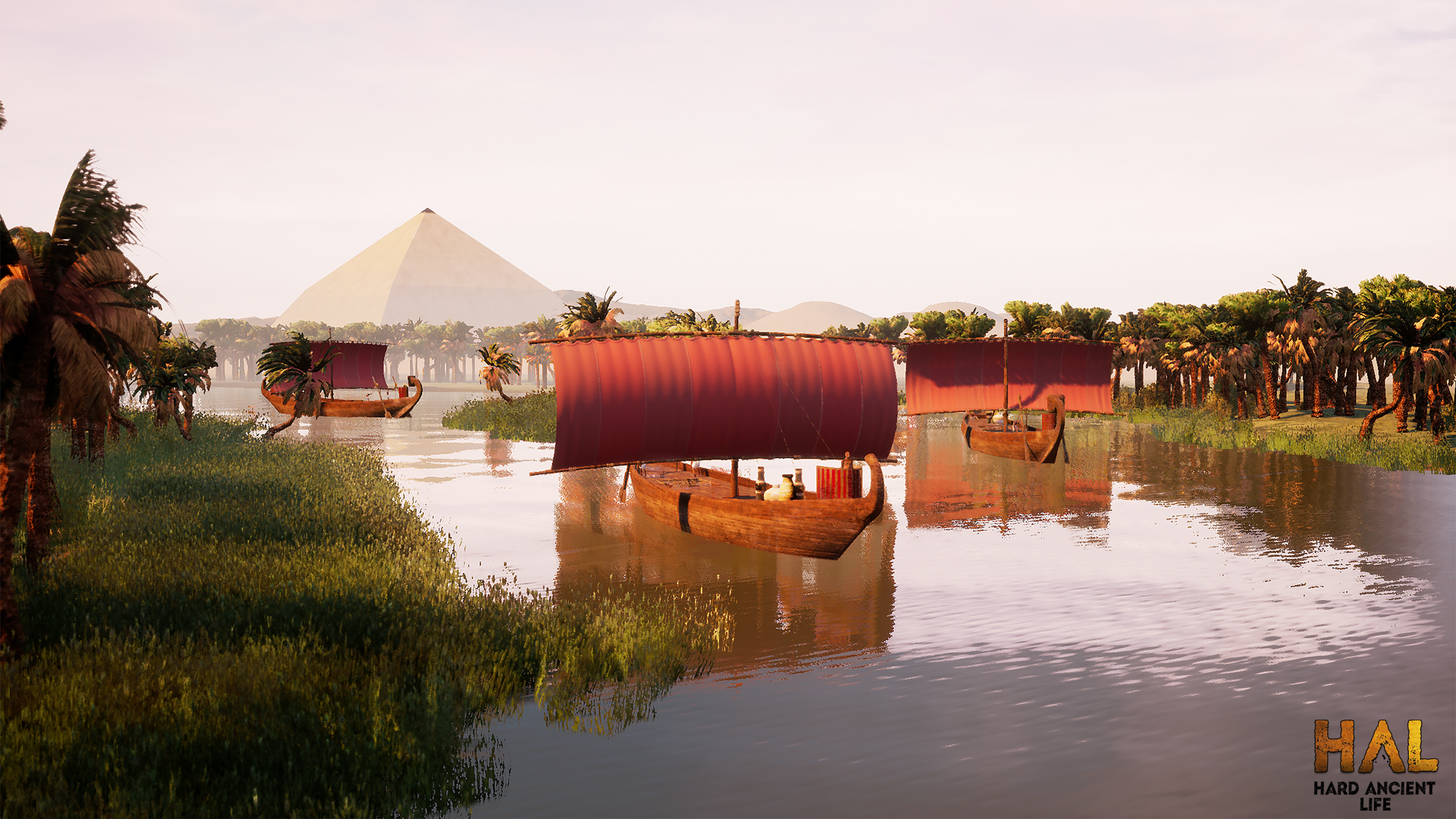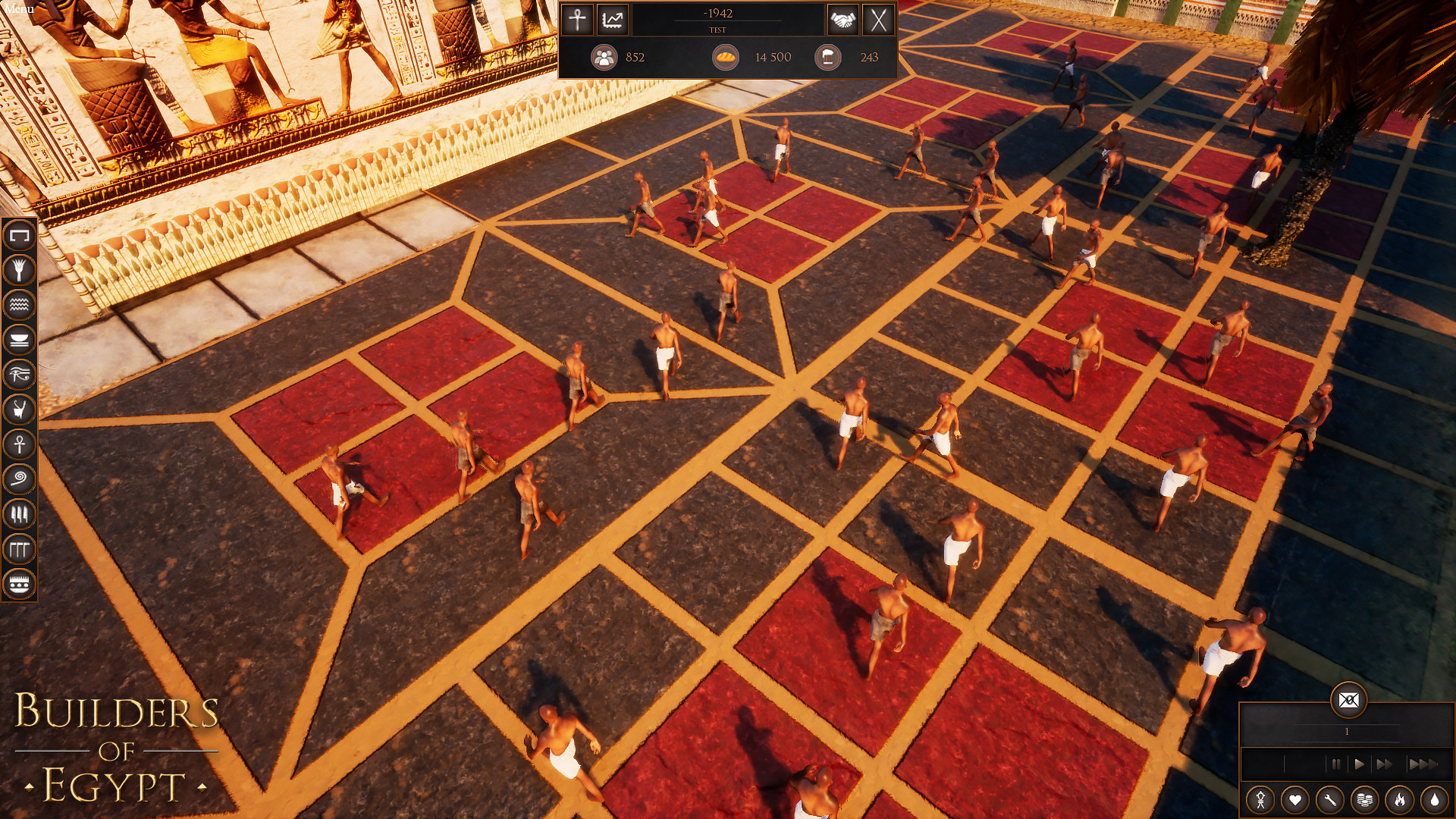
Critics say the money spent on building the new capital should have instead been used to improve living conditions in the impoverished parts of what would soon be known as “old Cairo”. This is why the New Administrative Capital is already being seen by many as a colossal waste of resources. If the government does not take urgent steps to ensure the gates of this new city are also open to poorer citizens, this new project will achieve little in helping underprivileged Egyptians.

Thus it seems the New Administrative Capital is going to serve as yet another gated community for the rich and will do little to meet the housing needs of Cairo’s poor and underprivileged residents. A two-bedroom apartment in the new capital goes for about $50,000 – a huge sum that is out of the reach of many in a country where the gross domestic product (GDP) per capita is about $3,000. The housing units there are being sold at very hefty prices. It is also not clear who will be able to live in the new capital once it is completed. As such, it will likely be the military that gains the most from this unprecedented construction drive. Furthermore, it has access to cheap manpower in the form of low-paid conscripts. The military, for example, has the capacity to provide much of the steel and cement needed to complete the construction of the new city. Thus, this project is an opportunity to create much-needed jobs and rejuvenate Egypt’s core industries, such as construction.īut there are fears that the project will not only help the country’s backbone industries and struggling businesses to get back on their feet, but also allow the military to spread its tentacles further across the Egyptian economy. To build a new city you need not only funds but also cement, bricks, electrical appliances, carpentry, security equipment and, most importantly, manpower. The construction effort itself is a huge economic opportunity. Moreover, these gains will not be inspected by a civilian authority, as the government has little oversight over the military’s finances. This means the military will see huge financial returns once the new capital is completed. Some of these buildings are in the very heart of Cairo, overlooking Tahrir Square, and have significant value. Moreover, the company is also responsible for selling or operating the buildings in Cairo that will be vacated after agencies, ministries and embassies move to their new locations. The ACUD, in which the military has the majority stake, is in charge of selling housing units in the new capital. It will also reap enormous financial benefits from this ambitious endeavour. The military’s enormous role in funding the project is further proof of the conflation of the civil and the military in a country ruled by a former army general – Current President Abdel Fattah el-Sisi came to power on the back of a “coup” that removed Mohamed Morsi, Egypt’s first democratically elected president.Īnd the military is not only “paying” for the project. Fifty-one percent of the Administrative Capital for Urban Development (ACUD), the company which oversees the project, is owned by the Egyptian military and the remaining 49 percent by the Ministry of Housing. The New Administrative Capital is expected to cost about $40bn. So the project is also being sold as an effort to tackle pollution and make Egypt “greener”.īut if you look beneath the surface, and most importantly, follow the money, you will clearly see this project is much more than an altruistic effort by the government to decongest Cairo and improve the living conditions of the city’s inhabitants. The new capital will have a central “green river”, a combination of open water and planted greenery twice the size of New York’s Central Park. Moreover, the government committed to allocate 15 square metres of green space per inhabitant in the new development.


It seems that it will not only move administrative buildings out of Cairo, but also create much-needed housing. So it is easy to believe the New Administrative Capital, which is expected to house embassies, government agencies, the parliament, 30 ministries, a spiralling presidential compound and some 6.5 million people when completed, is a necessity. Moreover, the already overcrowded capital’s 22-million population is expected to double by 2050.

With many streets blocked to ensure the security of these buildings and their occupants, it is at times impossible to go from A to B in the city. Ministries and embassies surrounding Cairo’s central Tahrir Square are clogging the city’s arteries. Indeed, the current capital is hardly functioning. If you take a walk or drive across Cairo, you may be tempted to think that the Egyptian government embarked on this multi-billion-dollar project to meet an urgent need. In Egypt, a huge “New Administrative Capital” is being built, approximately 45km (28 miles) to the east of Cairo, on a swath of desert equal to the size of Singapore.


 0 kommentar(er)
0 kommentar(er)
